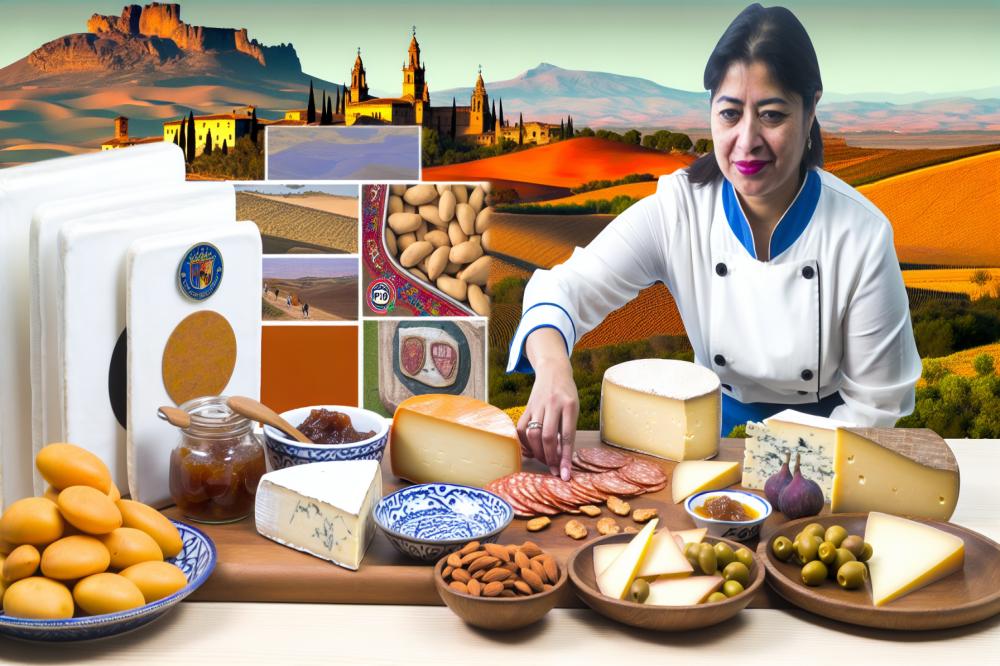Introduction
Spain boasts a rich and diverse landscape of cheese production, contributing significantly to its culinary heritage. Each region produces distinct varieties, shaped by local traditions, climate, and grazing practices. From the nutty flavors of Manchego to the creamy texture of Queso de Cabrales, these dairy delights reflect the essence of their origins.
PDO and PGI designations play a crucial role in maintaining the authenticity of these products. PDO, or Protected Designation of Origin, safeguards specific cheeses that originate from designated areas. PGI, which stands for Protected Geographical Indication, recognizes products with a close connection to their geographical roots. Both labels are more than mere symbols; they represent heritage, craftsmanship, and quality.
The significance of these labels cannot be overstated. They protect traditional practices that have been passed down through generations. In a world filled with mass production, such designations help celebrate the uniqueness of local products. Cheeses that carry the PDO PGI labels reassure consumers of their origins and methods, fostering a connection between food and its place of birth.
Exploring the world of Spanish cheeses reveals stories of culture and pride. Each bite offers a taste of history, crafted by artisans dedicated to their land. Understanding these regional designations enhances appreciation for this culinary art. As consumers, recognizing the value of these labels can enrich our experience with each cheese platter. In a sense, every cheese tells a tale, and those tales are protected by these important designations.
Spanish cheese Regions
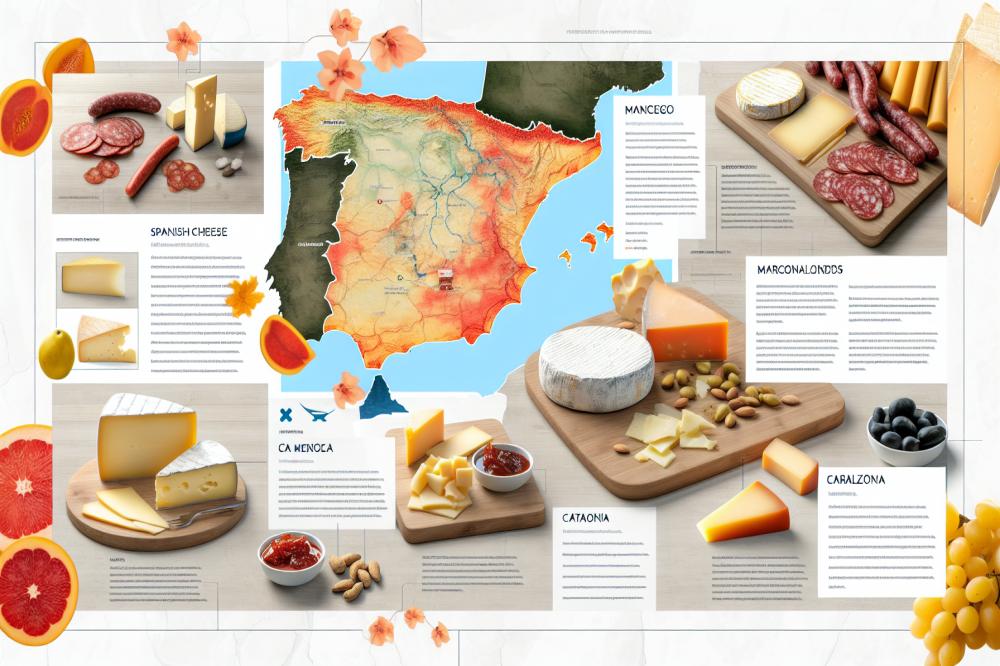
Spain is home to several regions, each with its distinct cheesemaking tradition. La Mancha stands out for its famous manchego cheese. This cheese comes from the milk of the manchega sheep. The production method dates back several centuries and emphasizes traditional techniques.
La Mancha has a dry climate with open grasslands. These conditions help to create the rich flavors in its cheeses. Manchego is typically aged between 60 days and two years. This aging process develops a firm texture and a nutty, buttery taste.
Catalonia is another vital area known for its diverse range of cheeses. Here, the production of “Mató” cheese takes the spotlight. Made from goat’s milk, Mató is creamy and slightly sweet. Farmers often use traditional molds to shape it, which reflects the region’s heritage.
This region also offers a delicious variety called “Tupi,” which is quite different. Tupi is a soft cheese that undergoes fermentation in a unique way. It often has a strong, tangy flavor, appealing to adventurous palates.
Traveling south, Andalusia showcases its own collection of cheeses, most notably “Queso de Cabra.” This goat cheese varies in taste and texture, depending on the area. Some versions are soft and spreadable, while others are more robust and crumbly.
Production in Andalusia often involves wild herbs. Goatherds let the goats roam freely, allowing them to graze on various local plants. This grazing method influences the cheeses’ flavors significantly.
Each region in Spain adds a distinctive touch to its cheeses. La Mancha, Catalonia, and Andalusia represent just a fraction of the country’s rich cheesemaking landscape. These areas carry on traditions that have lasted through generations. The care and methods used in crafting these cheeses reflect their regional identities.
PDO PGI labels
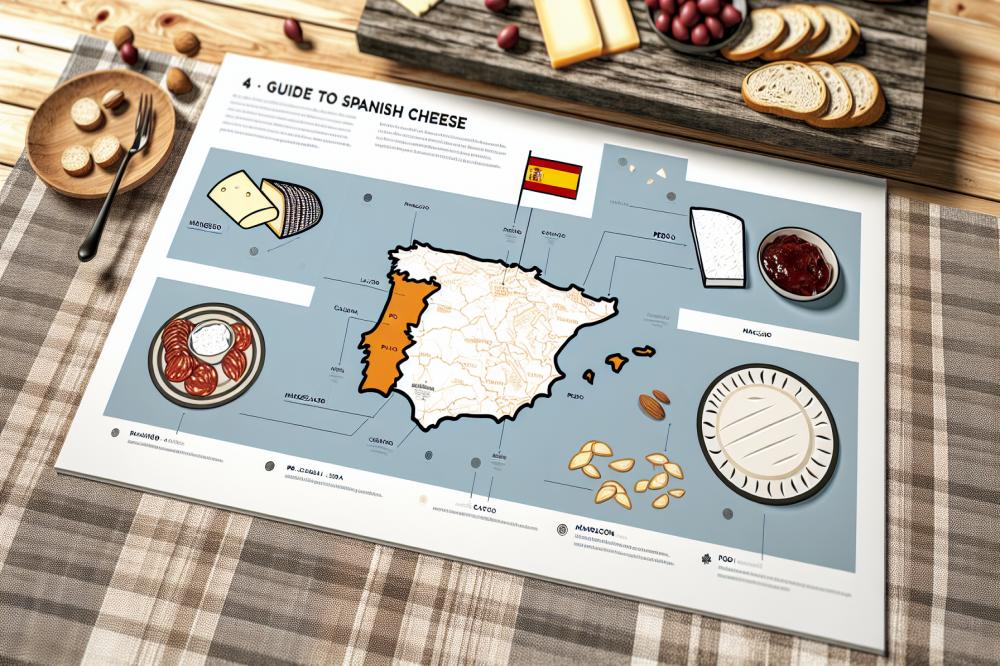
The PDO (Protected Designation of Origin) and PGI (Protected Geographical Indication) labels play a significant role in the world of cheese. They represent a commitment to quality and authenticity. These certifications are crucial for producers, consumers, and the heritage of regional products.
PDO indicates that a cheese must be produced, processed, and prepared in a specific geographical area. Only cheeses that meet strict standards can bear this label. It’s a mark of tradition. Items with PGI status, on the other hand, come from a particular region, but not all stages of production need to occur there. This means that while the cheese must have strong ties to the area, some steps can happen elsewhere.
Cheeses with these labels offer a guarantee to the consumer. They provide confidence that the cheese is made according to traditional methods. Many of these products have rich histories and unique flavors that reflect the landscapes and cultural practices of their regions.
Some well-known cheeses include Manchego, which holds the PDO designation. This cheese comes from the La Mancha region. It offers a fruity and nutty flavor profile that many enjoy. Another popular cheese is Queso de Mahón, with PGI status, hailing from Menorca. Its distinct taste is sharp and buttery, capturing the essence of its island origins.
Other examples include Queso Tetilla and Queso de Cabra Payoya, both recognized for their quality and regional significance. Each cheese tells a story, representing the land and its people. This connection to place adds value beyond just taste.
Recipe: Spanish Cheese Board
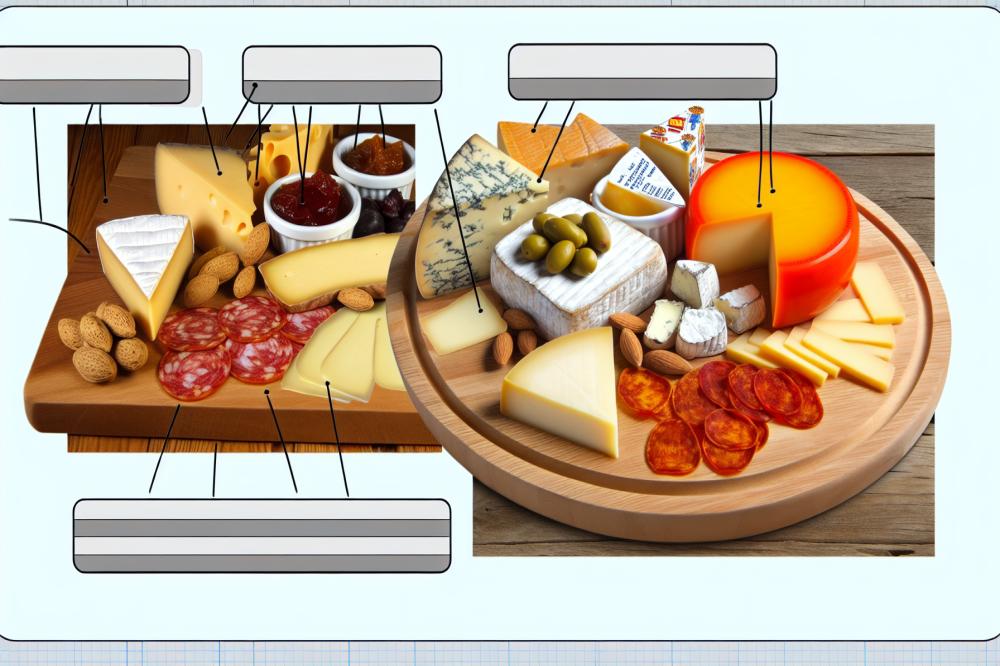
Creating a delightful Spanish cheese board is a fantastic way to appreciate the country’s rich dairy tradition. This selection of cheeses, meats, and accompaniments can brighten any gathering.
Ingredients:
- Assorted cheeses (e.g., Manchego, Idiazabal, Cabrales)
- Sliced chorizo and salchichón
- Marcona almonds
- Olives
- Fresh bread or crackers
- Fig jam or quince paste
Recipe Instructions:
- Select a large wooden or ceramic board for aesthetics and functionality.
- Cut cheeses into wedges or cubes for easy serving and variety.
- Place the cheese pieces on the board, giving each its own space.
- Arrange chorizo and salchichón slices around the cheese to create color contrast.
- Scatter a handful of Marcona almonds and olives next to the meats for added texture and flavor.
- Put small bowls filled with fig jam or quince paste on the board as delightful accents.
- Finally, serve it all with fresh bread or crackers. This adds crunch and supports the toppings.
Nutritional Information:
Cheese offers several nutritional benefits. Manchego is high in protein and calcium, supporting bone health. Idiazabal provides healthy fats that can promote heart health when consumed in moderation. Pairing cheese with nuts like Marcona almonds adds fiber and additional healthy fats.
Cured meats, like chorizo and salchichón, should be enjoyed in reasonable amounts due to their salt content. They contain proteins but can also be rich in sodium. Balancing these elements ensures a nutritious offering. Remember, moderation is key when indulging in flavorful treats.
Embracing the Richness of Spanish Cheeses
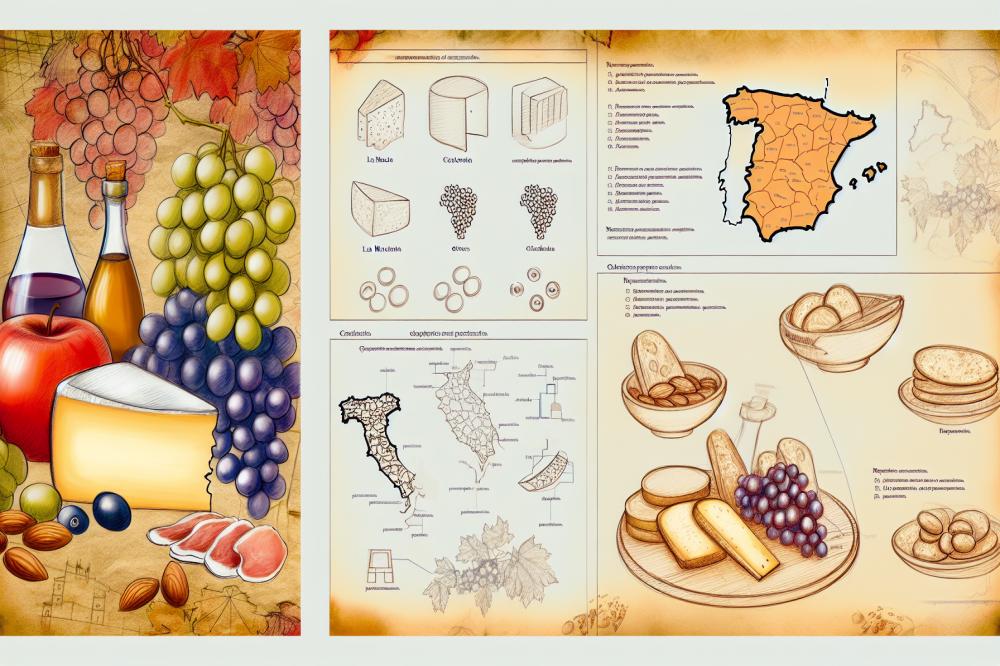
Spanish cheese holds a special place in culinary traditions. Its flavors reflect the diverse landscapes and cultures of Spain. Denominations of Origin play a crucial role in protecting these treasures. PDO and PGI labels assure consumers of quality and authenticity. They serve as a guide for both novice and experienced cheese lovers.
Exploration leads to delightful discoveries. Each variety offers something different, from sharp and tangy to smooth and creamy. These artisan cheeses can elevate everyday meals or add charm to special occasions. Tasting a new cheese can spark conversation and bring joy to dining experiences.
Encouraging a taste adventure can be rewarding. Visit local markets or specialty shops to find unique options. Pair cheeses with fruits, wines, or fresh bread for a simple yet satisfying snack. Whether it’s a casual gathering or a festive feast, incorporating these rich flavors can enhance the overall experience.
In summary, understanding the significance of PDO and PGI labels helps consumers appreciate what makes Spanish cheese stand out. Celebrate the artistry behind each wheel, wedge, or slice. With so many varieties to choose from, there’s always something new to try. Enjoy the journey of savoring these exquisite creations!

